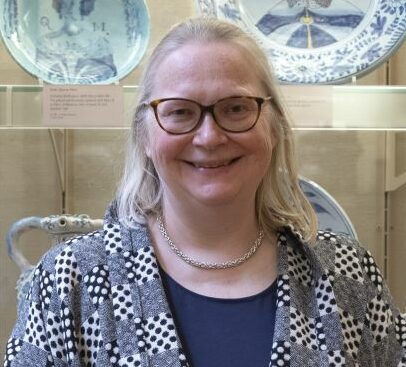The University of Cambridge Museums (UCM) are working in partnership with Wisbech and Fenland Museum (W&FM) to highlight its remarkable but little known collections and to develop projects of mutual interest.
Following discussions between the Fitzwilliam Museum (the largest of the UCMs), it was decided to embark on a pilot documentation project – code name ‘Operation Wisbech Ceramics’ – to catalogue and photograph all of the ceramics and then incorporate this data into the W&FM’s online collections catalogue.
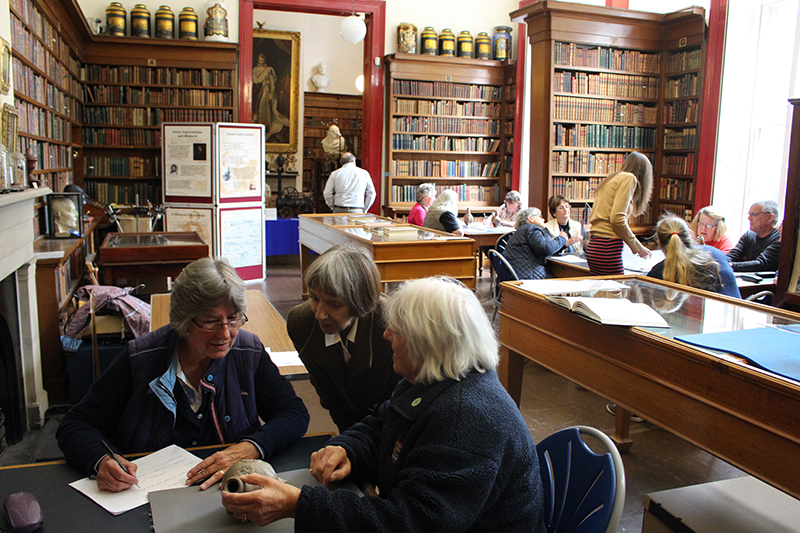
The aim is to make the W&FM’s fascinating pottery and porcelain collection digitally accessible, in its entirety, for the first time. This will allow the public to see what treasures lie within the walls of W&FM (and hopefully encourage visits to see these at first hand!). It will also enable ceramics experts, scattered in museums across the globe, to assist with further identification of individual pieces, by remote.
It was agreed that this documentation work would be carried out by volunteers, gathered by Sarah Coleman (W&FM’s Head of Volunteering), trained in curatorial ‘best practice’ by Julia and me, and supervised by Robert Bell (W&FM’s Acting Curator). If this pilot works well, the intention is to roll it out across the rest of W&FM’s holdings with UCM experts training local volunteers to document other areas of the collections.
Having been Wowed by Wisbech earlier this year, Dr Julia Poole (Honorary Keeper of European Ceramics, Fitzwilliam Museum) and I were keen to take the W&FM’s ceramics collection by storm!
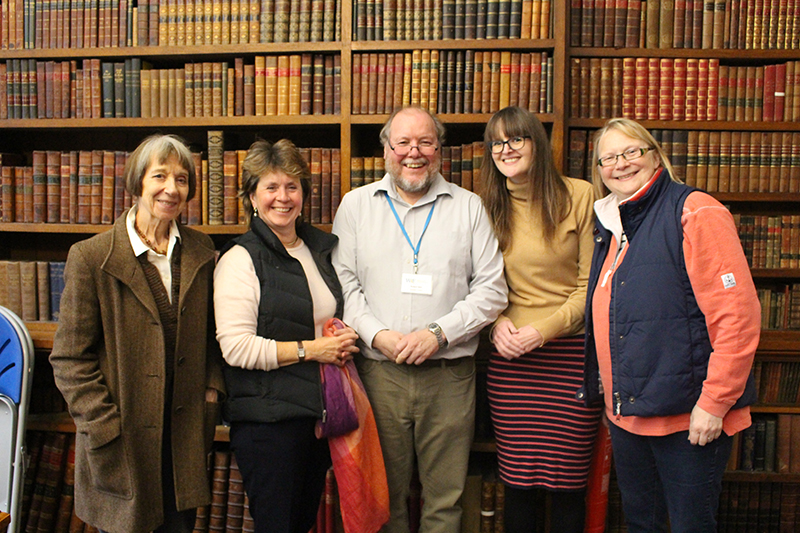
Operation Wisbech Ceramics began on Tuesday 2 October when Julia (above, far left) and I (far right) returned to W&FM and met up with Penny Walkinshaw (W&FM Trustee; left), Sarah (right) and Robert. We decided to focus our documentation efforts primarily on W&FM’s fine collection of German salt-glazed stoneware bottles and jugs, displayed in a vitrine in the first gallery, in order to get the volunteers used to cataloguing one type of material and object, and to keep Robert encouraged by getting one category of W&FM’s ceramics documented! If time permitted, we agreed that we would then move on to documenting W&FM’s Staffordshire figures. Operations HQ was set up in the Library, with sturdy tables whose tops were covered in plastazote foam to provide a cushioned surface, and equipped with measuring implements, cameras, and piles of standardised documentation sheets for recording the data.
A crack team of thirteen wonderfully enthusiastic volunteers soon appeared, all brilliantly recruited by Sarah from Wisbech and the local area, including a contingent from The Arts Society King’s Lynn. It was decided not to ask volunteers to wear nitrile gloves because all the ceramics being handled were non-lustrous, glazed and vitrified, and thus impervious to moisture from human hands. Moreover, all of the volunteers had been sent a sheet of handling guidelines prepared by the Fitzwilliam Museum conservators, which explained the need for thorough hand-washing prior to object handling without gloves, and the reasons for this.
The day started with a Trustees welcome and thanks by Penny, followed by a brief history of the Wisbech and Fenland Museum and its collections by Robert.
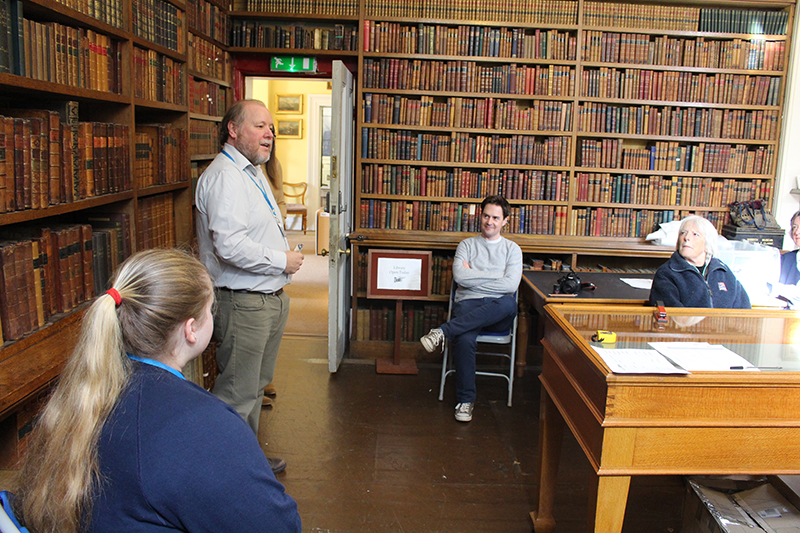
Julia and I were then introduced, and I spent some time explaining why documentation is so important for museums, researchers and the public. Julia followed with a mini masterclass in how to correctly handle, measure, record and photograph the ‘vital statistics’ of individual pieces of pottery for documentation purposes.
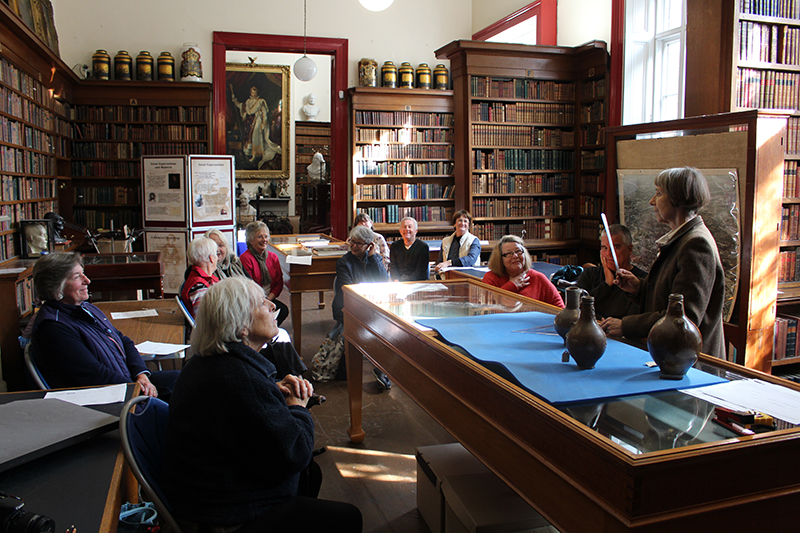
Julia went on to explain how German salt-glazed stoneware was made, used and imported in such great quantity to the UK, which is why many museums (including W&FM and the Fitzwilliam Museum) have considerable holdings of this particular type of ceramic.
As Julia was providing training and explanations to the volunteers, Robert and Sarah started dismantling the German stoneware display, carefully packing up the individual items and bringing them through to Operations HQ.
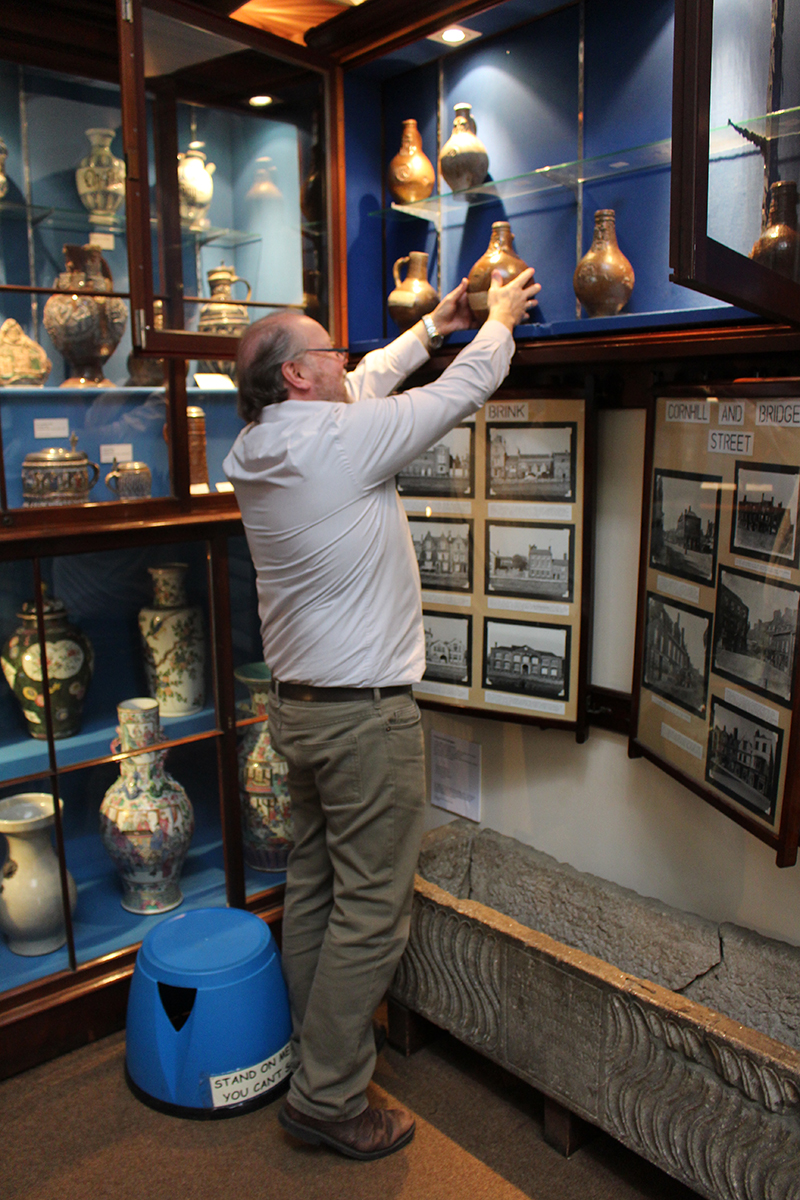
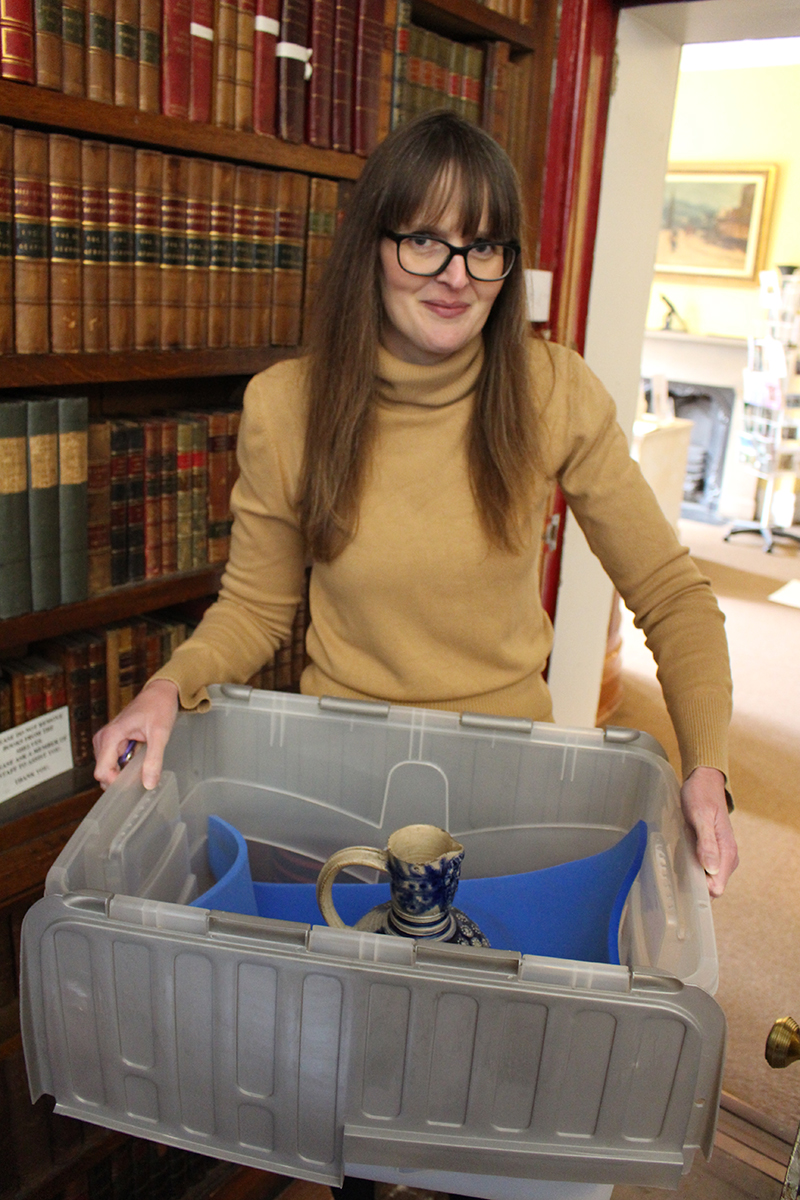
Having had a chance to put questions to Julia and me, the volunteers split up into working groups of twos or threes. Each group was given one object to document at a time, and Julia, Robert, Sarah and I were on hand to supervise, assist and answer queries as necessary.
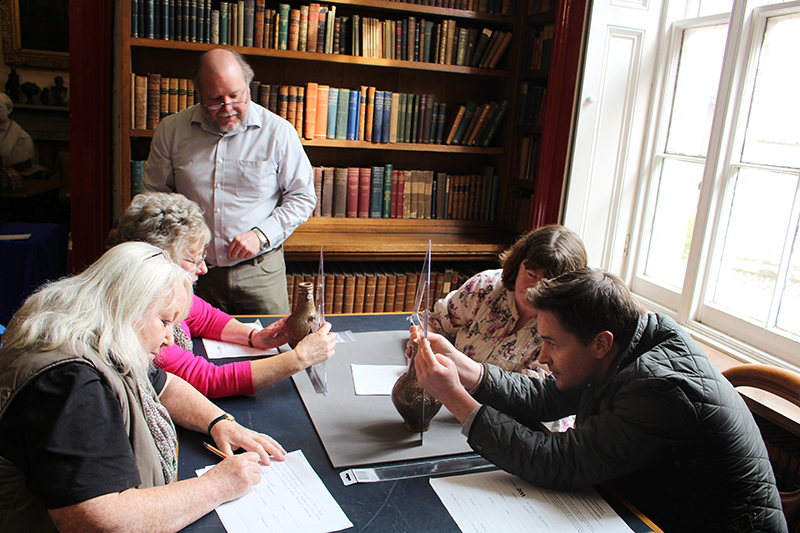
Everyone got cracking realising that there was no time to lose, and the concentration and focus in the room was remarkable! The groups were asked to use the standard fields in the documentation sheets to record a brief description of each object, its material and dimensions as well any inscriptions, marks or labels it had, as well as any visible damage.
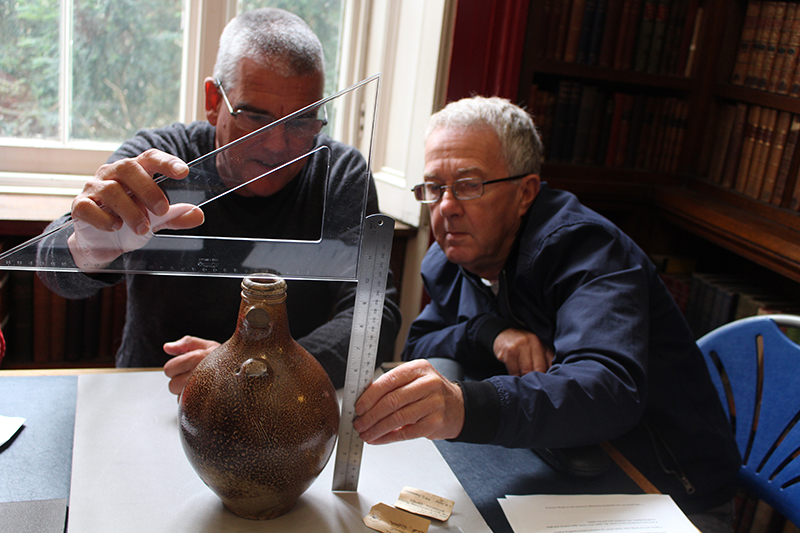
Julia and I had brought with us some standard reference books on German stoneware and on the identification of pottery marks which proved very helpful.
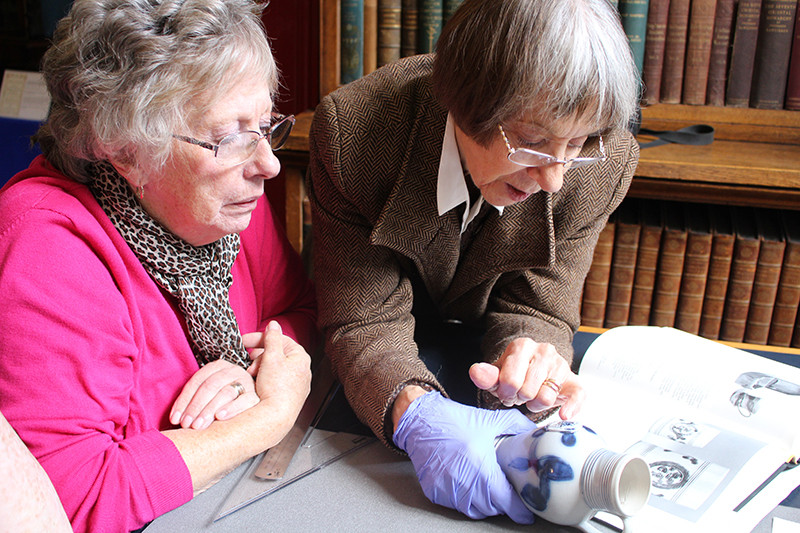
The volunteers were also asked to photograph each object from a number of agreed viewpoints, starting with key views of the whole object (front, back, side profile, etc.) as well as any marks, or labels, particularly striking decorative details, and any defects or areas of damage.
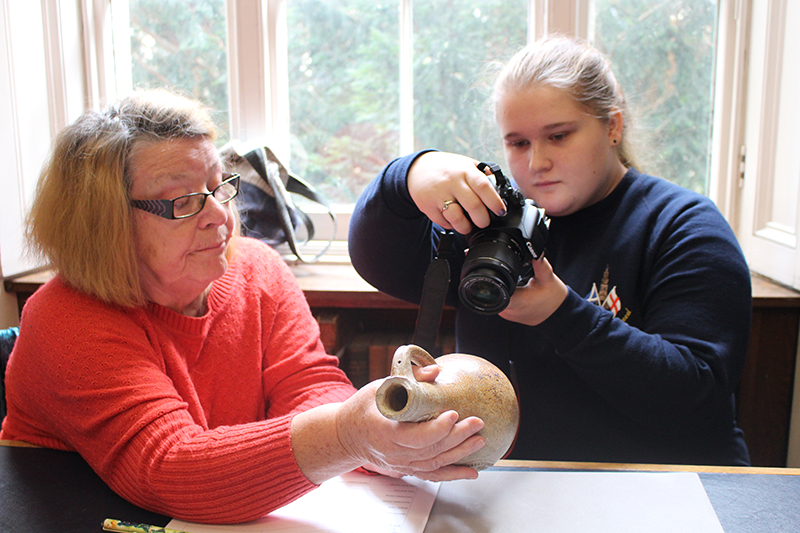
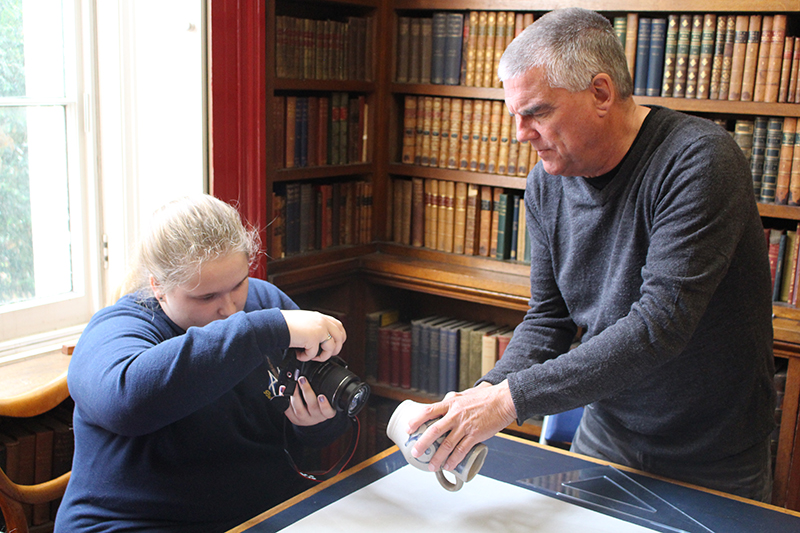
It was a very rewarding experience for me to watch the groups of volunteers working together and gaining in confidence in object handling and documentation as the morning progressed. Initially, several people appeared understandably rather nervous about handling and measuring the ceramics, but as time went by conversations became more animated, measuring became quicker and more confident, and the whole process became ‘more natural’.
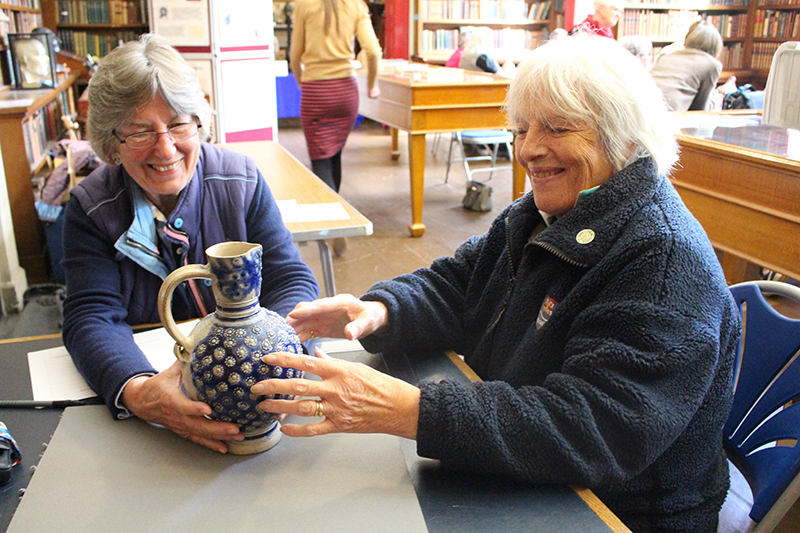
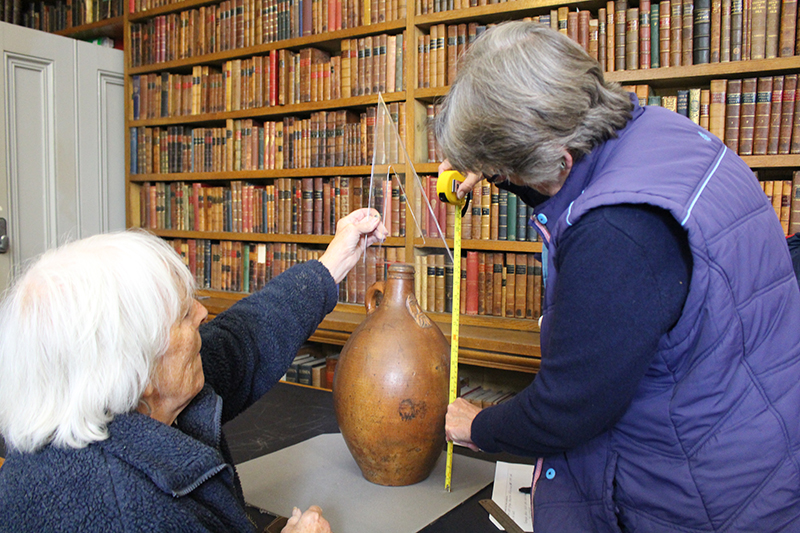
After a fortifying lunch, kindly supplied by Penny, we returned to Operations HQ and completed the final German stoneware bottles and jugs. This gave us all a real sense of achievement, and determination to commence documentation of the second category: earthenware figures and groups that had been made in Staffordshire potteries in the late seventeenth and eighteenth centuries, and painted in bright enamel colours.
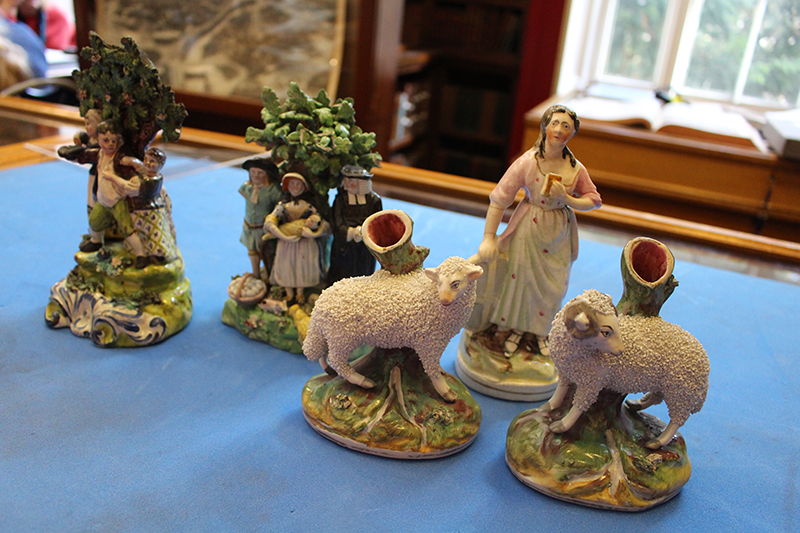
After a brief explanation of these charming and highly collectable objects by Julia, and how best to handle, document, measure and photograph them, the volunteers made a start on cataloguing. They repeated the measuring and photography processes that they had learnt in the morning, and were now able to do this with impressive confidence, speed and accuracy, which was gratifying to behold and made me feel wonderfully superfluous!
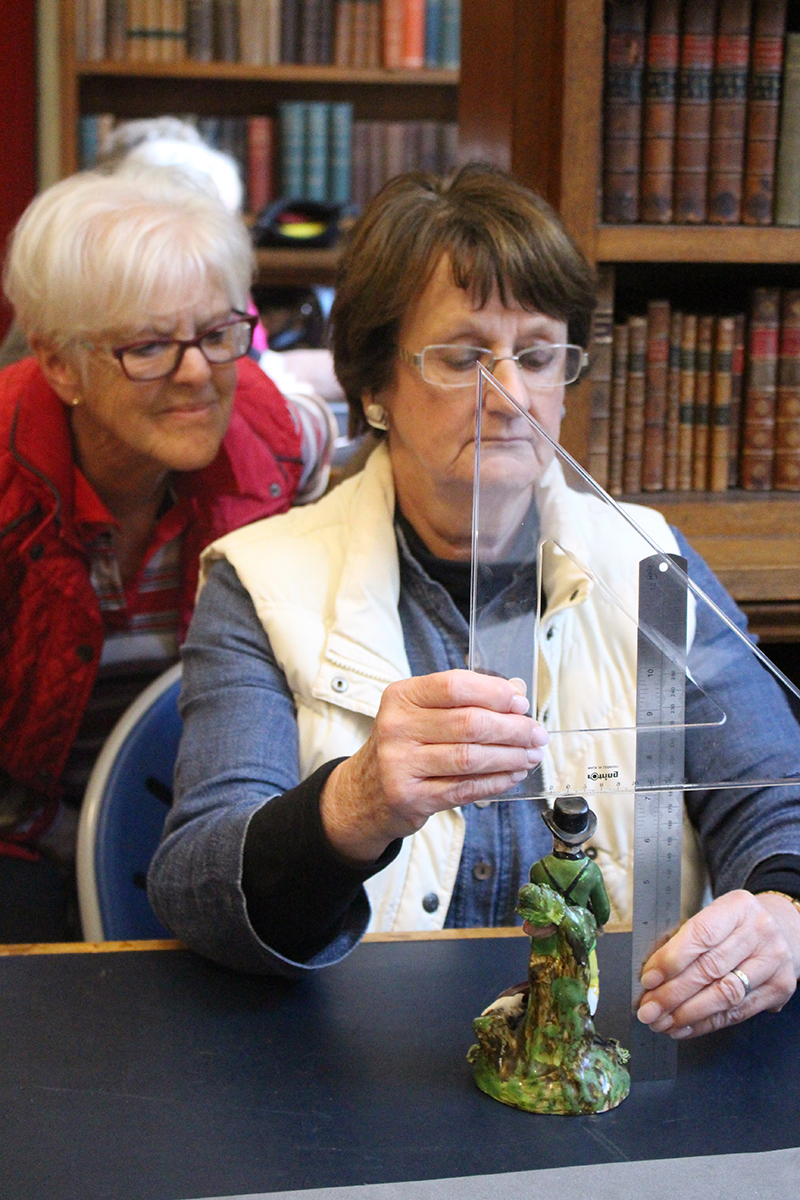
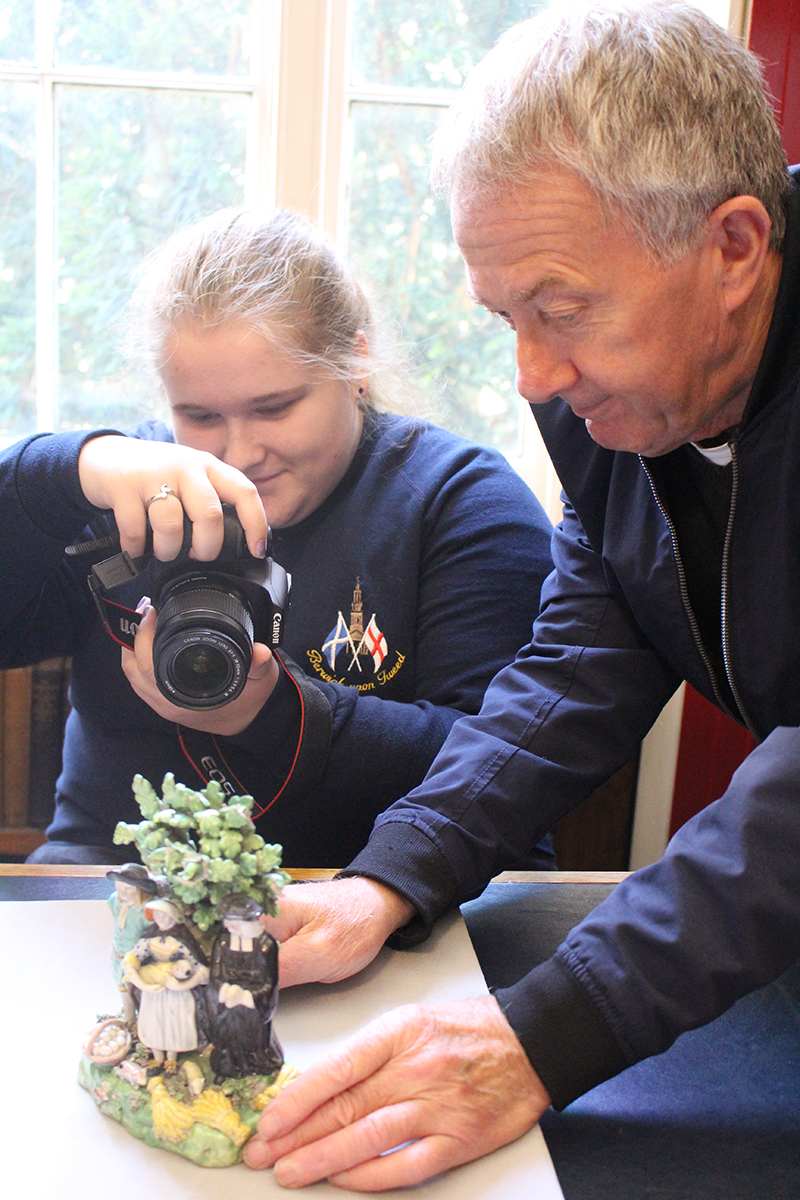
By the end of the day, nearly thirty ceramic items had been thoroughly documented and photographed: proof of what genuine collaboration can achieve. We were all pretty exhausted but very happy with how smoothly everything had gone, how much had been learnt and actioned, and how genuinely enjoyable the experience had been. So we all went away happy troopers, in full agreement that Operation Wisbech Ceramics had got off to a fantastic start and was certainly MISSION SUCCESSFUL!
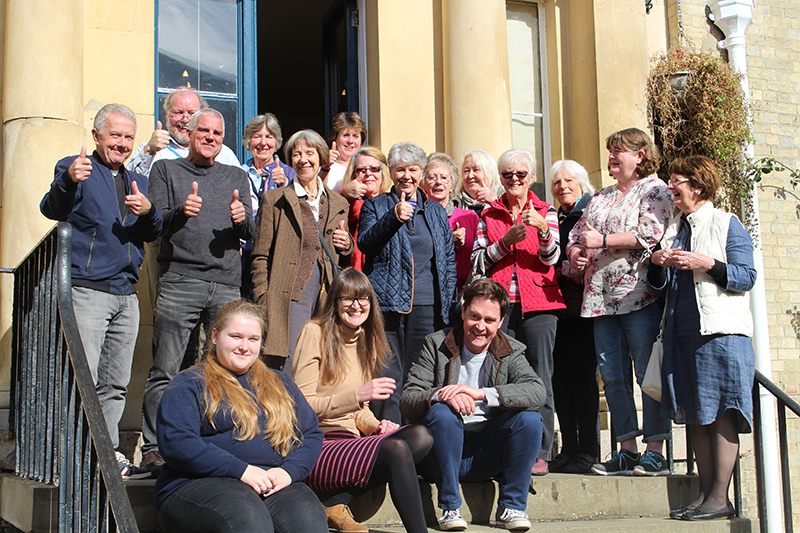
It is hoped that many of these wonderful volunteers – as well as new ones – will return on a regular basis to assist Robert and Sarah in the ongoing ceramics documentation project, to ensure that more ceramics are catalogued, and that the information from the documentation sheets is transferred in a timely fashion onto W&FM’s database, and the photographs uploaded into the relevant object files.
There’s still masses to be done, but where there’s a will, there’s a way, and Julia and I will be back in the New Year, to assist Robert and Sarah with the ceramics part of W&FM’s annual object audit and deep clean, together with some of the Applied Arts technicians.
If you would like to know more about volunteering for Operation Wisbech Ceramics, or indeed any other volunteering opportunities at Wisbech and Fenland Museum, please contact Sarah Coleman (email: volunteering@wisbechmuseum.org.uk).

